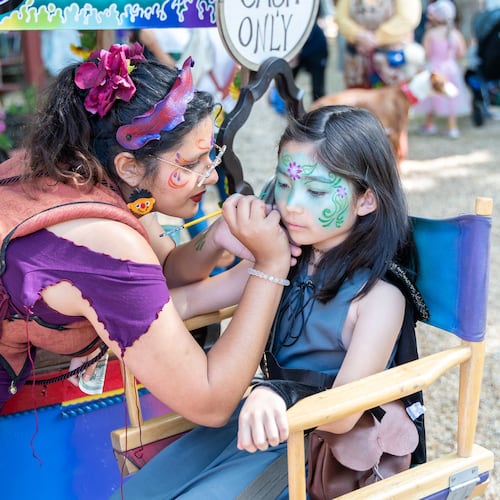Lady Gaga brought her voice (and a large, poofy red skirt) to the inauguration of Joseph R. Biden.
The ceremony was different than usual, as befits the changing of the guard in the middle of a pandemic, and the national anthem was different too.
While Lady Gaga didn’t indulge in the vocal gymnastics that tempt many interpreters of the anthem, she did offer one innovation, singing the song in a different time signature than usual.
The old melody that Francis Scott Key borrowed is in 3/4, which is an unusual meter for an anthem. Gaga used an arrangement that adds an extra beat to every measure, turning it into a 4/4 rhapsody.
I asked friends online whether they noticed, and some couldn’t tell the difference.
To be scrupulously accurate, Gaga sang the first 16 bars in 4/4, the next four bars (“and the rockets red glare. . .”) in a deceptive 4/4 that pretended to be 3/4, the next four bars (“gave proof through the night. . .”) half in 3/4 and half in a rubato stop time, the next four bars (“oh say does that Star Spangled Banner yet wave . . .”) in 3/4 and the last four bars in Eastern Standard Time.
This is not the first time a new interpretation has heralded a new president. Beyonce used a similar arrangement at Barack Obama’s 2013 inauguration. (Whitney Houston also launched a stemwinding 4/4 version at the 1991 Super Bowl.)
It’s not a small change, and unlike the overdone melisma that many singers apply to the song, it’s not unwelcome.
Three-quarter time is for waltzes. Almost everything else we listen to is played in a meter that can be divided by two. That’s why our national anthem, an old drinking song that ends in a question, is an unusual piece of music.
Unlike the Spanish, German, Russian and French national anthems, you can’t march to it. You pretty much have to stand still and sing. (Unless you feel like dancing.)
Anyone who has ever played in a street band knows how to turn the Star Spangled Banner into a 4/4 tune so that the trumpet section doesn’t trip and fall.
Is 4/4 a better choice for a song that represents a whole nation? Certainly the stomping 4/4 of the Marseillaise (see “Casablanca”) rouses the heart.
It also celebrates watering your fields with the blood of tyrants.
Our anthem (disregarding the latter verses), is less gory, and whether you feel like marching or waltzing, I think it’s flexible enough to accommodate both rhythms. What I like most about it is that it’s not a song about combat, but a song about perseverance.
Does the Star Spangled Banner still wave? As long as we can answer in the affirmative, then we’re still here.
And we’re still here.
About the Author
Keep Reading
The Latest
Featured


